
Play is possibly the most important part of a child’s early development. Through play children learn to make friends, cooperate and collaborate, learning vital motor skills, strength and coordination.
Play teaches youngsters cause and effect, how to assess risk and how to make decisions. They learn how to communicate and make sense of the world.
When planning a school playground, it is therefore vital to consider everything we can do to create the best possible play experience for our children. This doesn’t necessarily mean expensive equipment but could mean space for children to run around, quiet spaces, or inclusive areas catering for all children, regardless of physical ability.
Of course, not every child will be able to access every aspect of their school’s playground, but these spaces should be designed to offer opportunities for everyone to interact.
Playground design: Six key areas
What are the main areas of consideration when planning and designing a playground area? Mark Grace is the UK managing director of HAGS UK – specialists in creating outdoor play environments – and he recommends six main criteria for investigation, which we explore below, including some tips and ideas.
1, Sensory
When children play, alongside the physical experience, their senses are also stimulated. Mr Grace explained: “The sensory experience is really important. Historically, there has been a lot of emphasis on physical activities, such as the use of climbing frames, but having a more sensory element is important for those who are not as physically able.”
There are five main areas in which playgrounds might stimulate our pupils’ senses:
- Hearing: Talking tubes and outdoor musical instruments can help pupils to explore noises, pitches and tones in sound, helping to develop their auditory processing (how our brains interpret, recognise and differentiate between different sounds).
- Proprioceptive: This relates to body position and movement – climbing, bending, pulling, straightening – and the effects of this on the joints, muscles and bone. Trampolines, climbing frames and nets can support physical development, including balance and coordination.
- Touch: Tactile equipment and surfaces help to develop motor skills and activate neural receptors, usually in the skin. Equipment and surfaces should contain a variety of textures including rough, smooth, soft and hard.
- Vestibular development: This includes helping children to explore their bodies in relation to gravity and developing their sense of balance and can come via playing on swings or spinners.
- Visual: As well as adding vibrancy, using colours and tones, as well as equipment like telescopes, can help children with sight impairments to fully enjoy the play area.
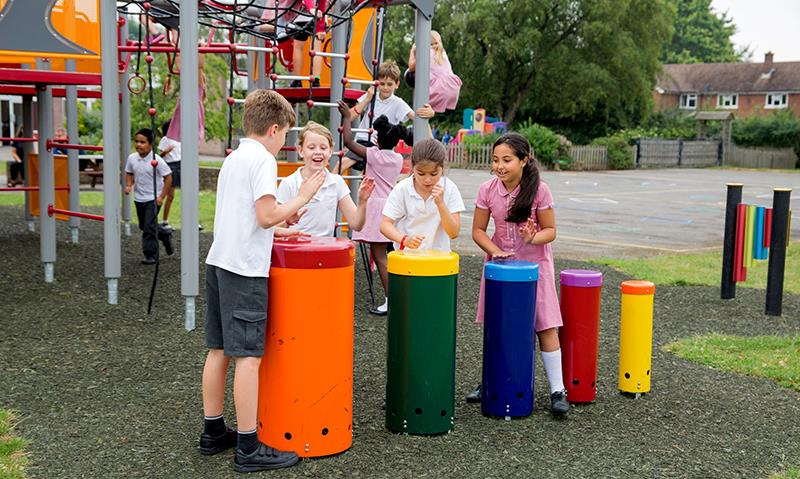
2, Cosy places and quiet spaces
Children often use different styles of play, especially in the early years. While some enjoy ball games and can take up a lot of space with boisterous activites and running around, other children are more likely to be found chatting in groups or playing games that are calmer and require less space.
So, as well as needing room to run around, pupils may also require somewhere quiet to de-stress and relax. This is particularly true for those on the autistic spectrum, who can experience sensory overload and may need a spot to retreat to where they can feel calm.
As such, plan for secluded areas that remain within sight of the main play area. These spaces can be enclosed – a bubble, cocoon or tunnel – yet easily accessible.
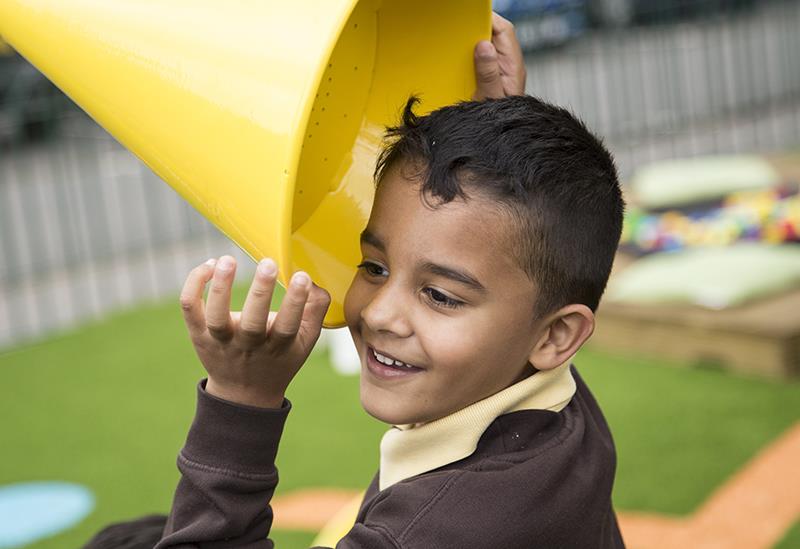
3, Inclusion: Everyone playing together
It is important that there is at least one area or piece of equipment that encourages cooperative and collaborative play.
Playgrounds should engage children of all abilities and ages with equipment that provides different levels of challenge, offering a choice of activity to suit all needs and interests. It is important to consider varying levels of ability and height.
Placing different types of equipment close together allows children with physical challenges to play alongside those who are more able, without those differences being obvious. This is particularly important if there is a favourite bit of the playground where everyone gathers.
For example, the most exciting slide should have ramps as well as steps. Or a web-net pyramid could be easier to use lower down and then become more advanced as it climbs. And water play should enable children to control if and when they engage with the sensation of getting wet.
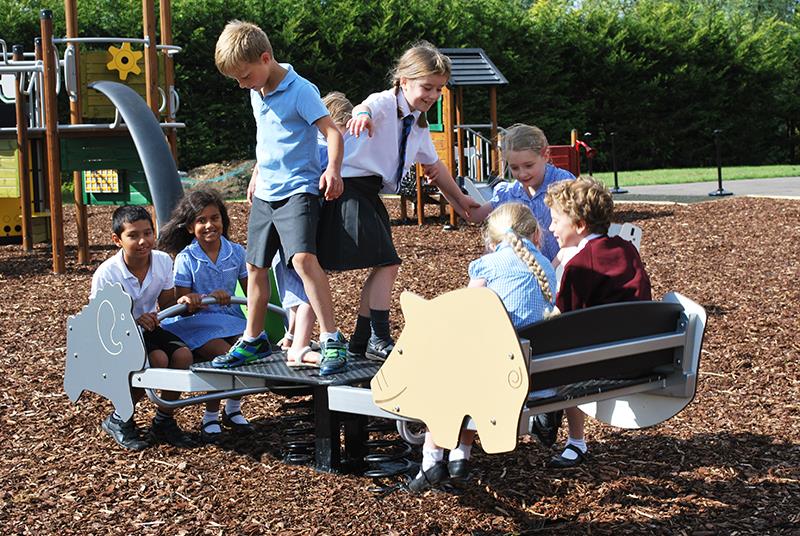
4, Accessibility
An inclusive playground needs to be easily accessible with wide spaces to allow safe and independent movement and opportunities for children to mix freely.
This requires consideration of the surfaces being used, whether there are steps and ramps to platforms of different heights, and flush transitions to ease movement from one surface to another.
Depending on the equipment, soft surfaces might be needed to reduce the risk of injury from falls as well as to create perimeters and boundaries.
Finally, if children are to be fully engaged with play equipment, then we must not forget the sensory aspect. Play panels, telescopes, water and sand tables, as well as landscaping are great ways to encourage touch and can be installed at varying heights to ensure all children have access.
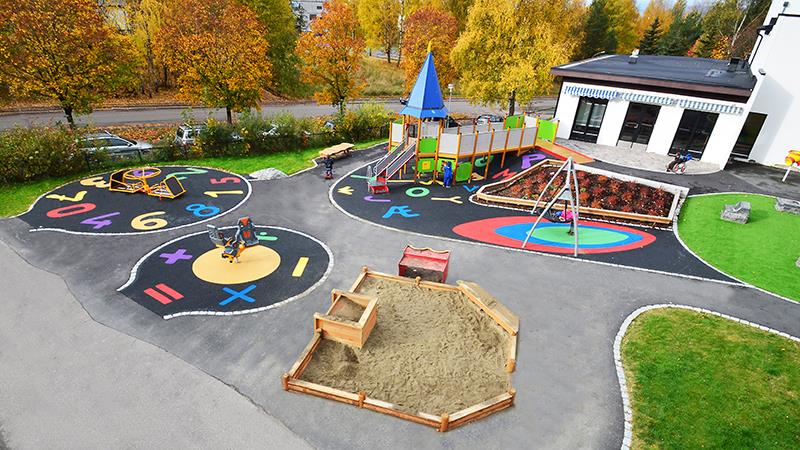
5, Social interaction
For many children, the playground may be the only place where they interact with others and can really develop their social skills. They may find making friends difficult, so it is important to include at least one piece of equipment that encourages cooperative play, where they can mix easily and get involved in a game.
However, there will also be children who play in different ways and have other needs. For example, the child who wants to play and explore alone may benefit from play equipment that functions with just one user. Other children may be onlookers who prefer to watch others playing or chat without joining in, while some might play different games to their peers but remain next to them (known as parallel play).
Associate play, meanwhile, takes place when a child plays independently of other children but mimics what they are doing, taking turns, and chatting to themselves. This is usually seen in sand and water play and with pretend play.
Equipment that requires more than one person, such as a seesaw, gives children opportunities to play together and promotes social interactions. But it is important to provide places where children can just sit, watch and learn through observation.
Some children interact best with peers when they indulge in dramatic or imaginative play, performing roles or creating their own games. Playhouses equipped with moveable props (such as kitchen utensils) can support this with loose objects being made from various materials like wood, plastic or cardboard. Being able to move props around allows pupils to use their imagination and creativity in thinking up games.
Mr Grace added: “These types of materials allow children to manipulate and use them as they wish in order to change their environment and provide opportunities for social, imaginative and creative play experiences.”
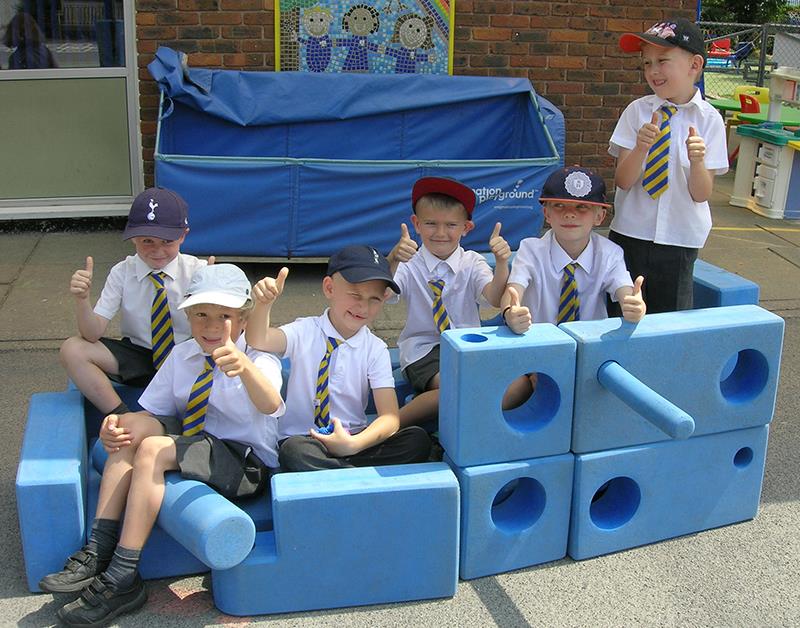
6, Layout
If a playground is to be inclusive and accesible to all, then it must have a good layout. This will allow users and visitors to move through safely, freely and independently.
Surfaces have various purposes, including play, reduction of potential injury, access, and aesthetics. They should meet the playground equipment standard (EN1176) and surfaces standard (EN1177).
Colour schemes can help navigation of the areas and clarify what is supposed to happen in particular zones. Mr Grace explained: “In larger spaces, it makes sense to divide the play space into areas, to separate boisterous play from quiet time for example, and we can group similar types of play equipment in each zone.”
The layout should also consider perimeters and boundaries, and whether the play area needs to be contained or open. Visibility is an important consideration as supervising adults should be able to see where children are. See-through equipment can help us to keep an eye on more than one child at a time.
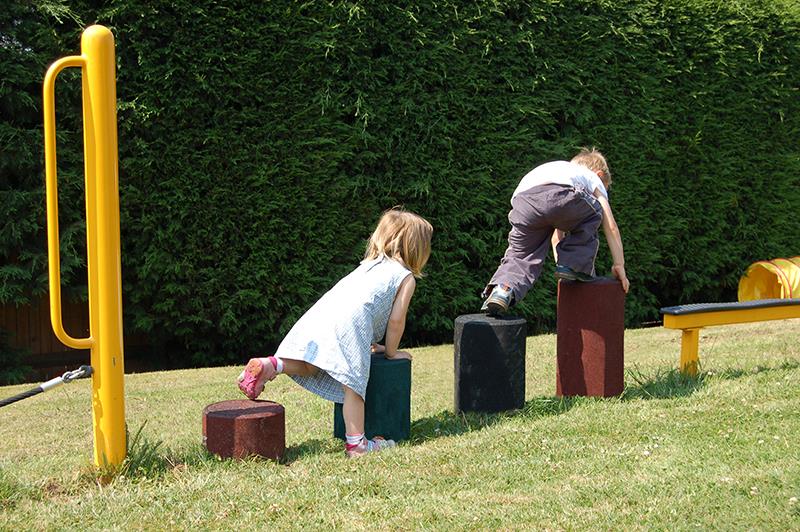
Conclusion
Playing is one of the most important ways that children stay active, learn, make friends and socialise. It is also fundamental to children's development and wellbeing. Therefore, inclusive play spaces should provide opportunities for everyone to play together, they should be accessible, engage children of all ages and abilities and encourage them to interact with each other.
Inclusive playgrounds allow children to connect with others in a positive way, relieve feelings of stress, stimulate creative thinking and exploration, boost confidence and enable children to enjoy the pleasure and benefits of play.
Further information & resources
- HAGS has been designing, manufacturing, installing and servicing commercial recreational equipment for more than 70 years. HAGS are specialists in creating outdoor play environments for children of all ages and abilities: www.hags.co.uk
- You can download HAGS’ guide to designing an inclusive playground via http://hags.co.uk/en-gb/designing-inclusive-playgrounds
Headteacher Update Knowledge Bank
This article has been published by Headteacher Update with sponsorship from HAGS. It has been written and produced to a brief agreed in advance with HAGS. The article has been written by Dorothy Lepkowska, a freelance education writer.
